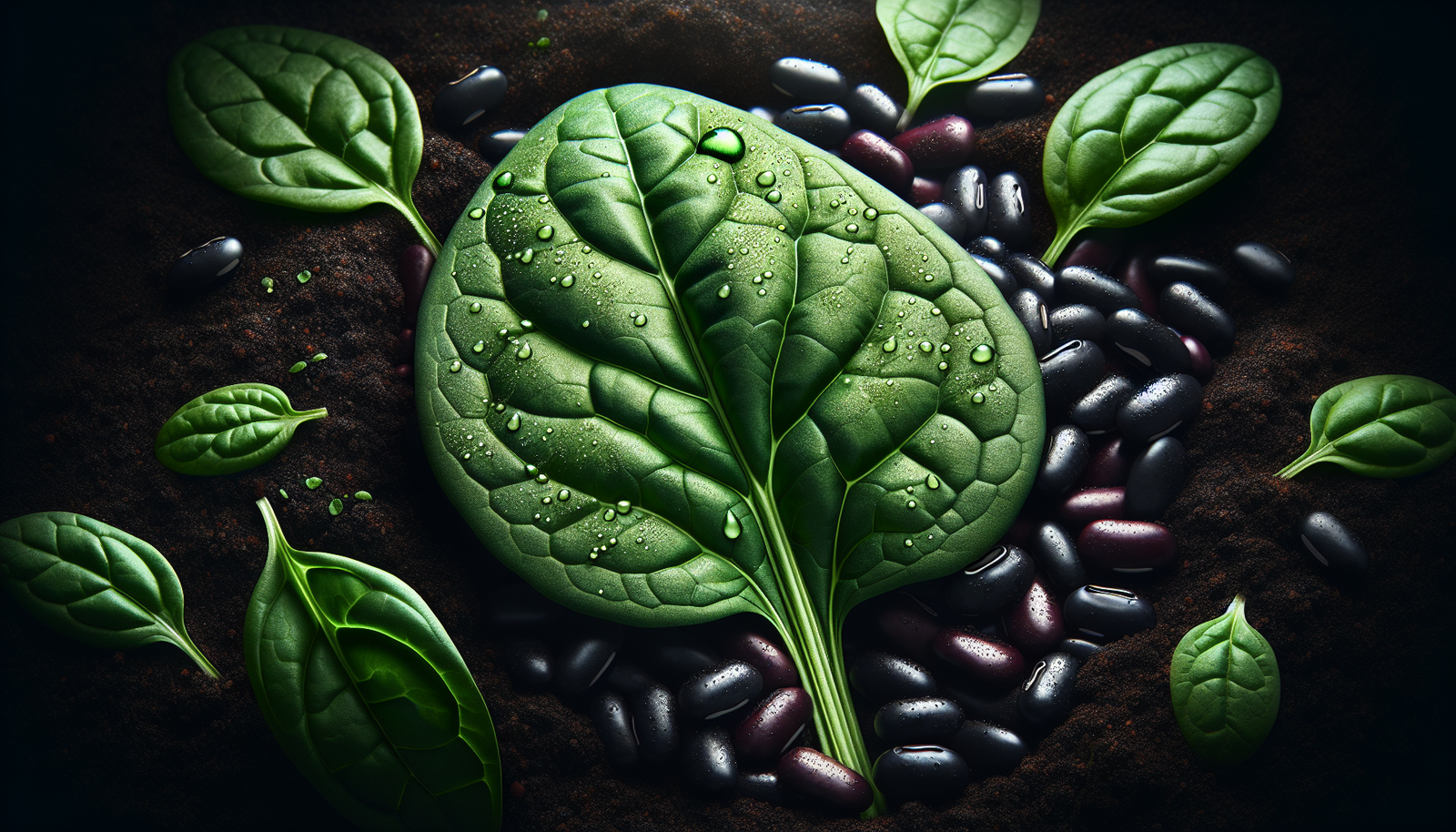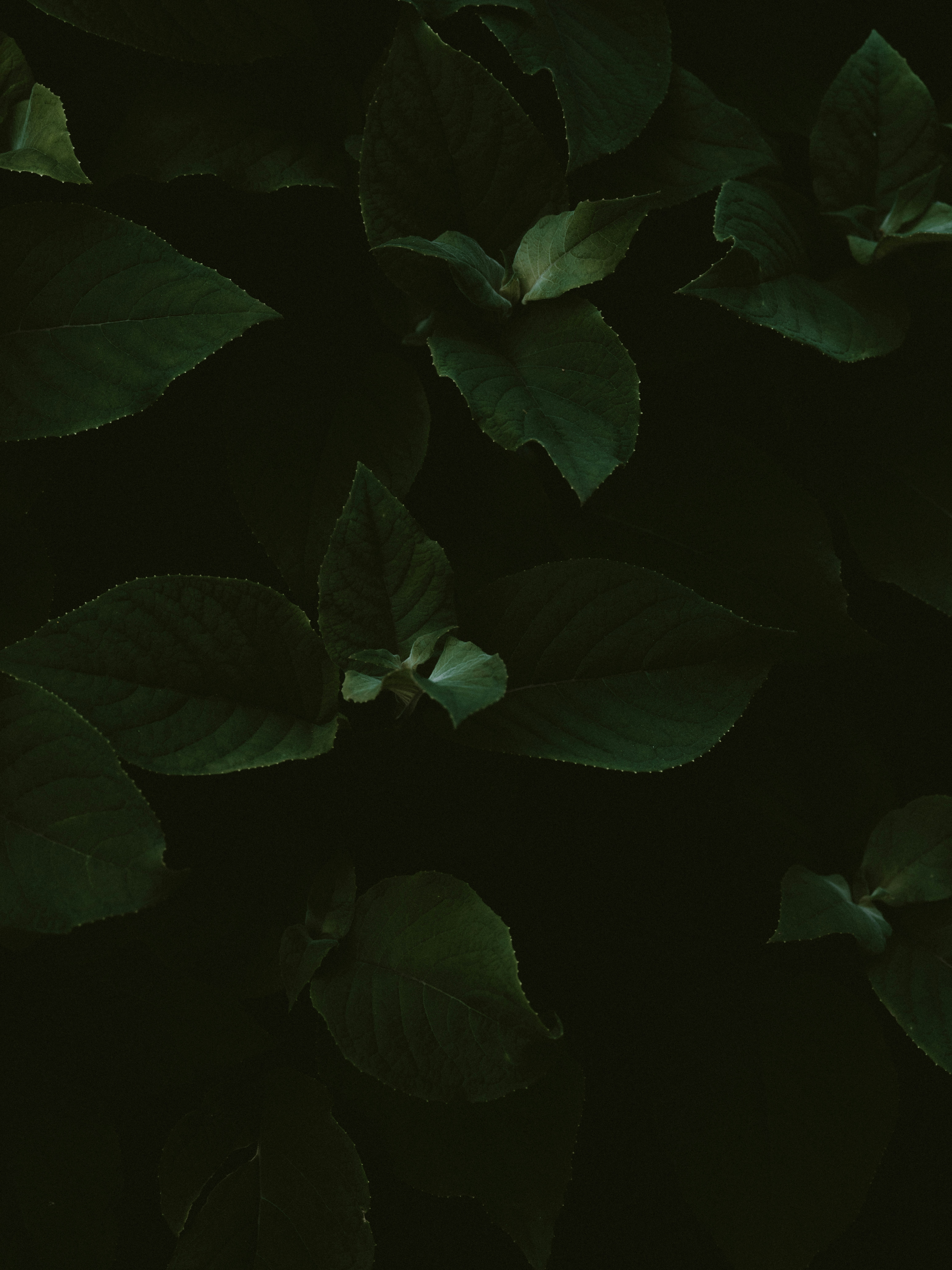Have you ever wondered about the ingredients lurking in your food? Specifically, have you considered the roles that lectins and oxalates play in your diet? If you’re navigating the world of nutrition, especially these days with so much information swirling around, you’re not alone.
What Are Lectins?
Let’s kick things off by discussing what lectins actually are. If you’ve heard the term but aren’t quite sure, you’re in the right place. Lectins are a type of protein found in many plants, especially in legumes, grains, and some vegetables. They play a crucial role in how plants defend themselves against pests and diseases.
The Function of Lectins in Plants
You might be asking, “Why do plants even have lectins?” Essentially, these proteins help plants by binding to carbohydrates. This action can prevent pests from eating them. While this might sound beneficial for the plant’s survival, it raises questions about whether those same lectins are helpful—or potentially harmful—to us when we consume them.
Lectins in Our Diet
Now, let’s shift gears and talk about lectins in our food. Beans, lentils, whole grains, and nightshade vegetables like tomatoes and potatoes are packed with these proteins. They can contribute to your nutritional intake but can also trigger some digestive issues for certain individuals, particularly when eaten raw or in high quantities.
Potential Health Effects of Lectins
Some people argue that consuming too many lectins can lead to gastrointestinal problems. Think bloating, gas, or even more severe issues for those with sensitivities. Conversely, others believe that moderate consumption is harmless and can even be beneficial. It seems that the effects of lectins can vary significantly from person to person.
What Are Oxalates?
Now that we’ve got a handle on lectins, let’s turn your attention to oxalates. These are naturally occurring compounds found in many foods, especially in leafy greens, nuts, and seeds. You may have heard of them mainly in relation to kidney stones, and for a good reason.
The Function of Oxalates in Plants
But why do plants produce oxalates? They serve a similar protective function as lectins, helping to prevent the absorption of certain minerals, which can deter herbivores from eating them. However, when it comes to our diets, oxalates can create some challenges, especially for individuals with specific health concerns.
Oxalates in Your Food
So, where do you find oxalates? Foods high in oxalates include spinach, rhubarb, beets, and almonds. While these foods can be incredibly nutritious, they can also pose risks—especially for people prone to kidney stones. It’s a classic case of balancing the good with the potentially problematic.
Potential Health Effects of Oxalates
When consumed in moderation, many people can tolerate oxalates without any issues. But for others, high oxalate consumption can lead to the formation of kidney stones. If you’re someone who’s had stones in the past, you might want to be cautious about the amount of oxalate-rich foods you’re including in your meals.
The Connection Between Lectins and Oxalates
Alright, now that we’ve broken down both lectins and oxalates, let’s get to the crux of your inquiry: are they related? The simple answer is that while they are both compounds found in plants and can have an impact on health, they don’t directly affect each other in terms of function or chemical structure.
However, they do coexist in many of the same foods, particularly legumes and certain vegetables. So while they’re not directly related, if you’re avoiding one for health reasons, there’s a decent chance you might be avoiding the other too.
Foods High in Both Lectins and Oxalates
To wrap your head around this a little better, let’s consider some foods that are high in both lectins and oxalates:
| Food Item | Lectin Content | Oxalate Content |
|---|---|---|
| Spinach | Moderate | High |
| Swiss Chard | Low | High |
| Kidney Beans | High | Low |
| Lentils | High | Low |
| Potatoes | Moderate | Moderate |
Understanding this overlap can help guide your dietary choices, particularly if you are sensitive to either compound.
Should You Eliminate Lectins and Oxalates?
This question is a big one—should you eliminate both lectins and oxalates from your diet? It’s tempting to think that cutting them both out entirely is the answer, especially if you’ve read about their potentially harmful effects. The reality is more nuanced.
Individual Sensitivity Matters
As with many things in nutrition, individual sensitivity plays a significant role. Some people thrive on a diet rich in both types of food, while others struggle with even small amounts. It’s essential to listen to your body and potentially consult a healthcare provider or a nutritionist for tailored guidance.
Moderation is Key
A common theme in nutrition is that moderation is crucial. Rather than vilifying or elevating specific compounds, focusing on a balanced diet with a variety of foods can provide your body with the nutrients it needs without inundating it with potential irritants.
Cooking and Preparation Methods
So, if you’re still interested in consuming foods with lectins and oxalates, how can you do so safely? One of the most effective methods is through proper cooking and preparation techniques.
Cooking Lectin-Rich Foods
Cooking can reduce lectins to manageable levels in many foods, especially beans and legumes. For example, soaking beans overnight and cooking them thoroughly can significantly reduce their lectin content. If you’re a bean lover, this is crucial for making them easier to digest.
Cooking and Oxalates
Oxalate content can also be reduced through cooking. Boiling foods like spinach and then discarding the cooking water can help you limit oxalate intake without giving up the nutrients entirely. You don’t have to forfeit delicious foods; you just need to prepare them a bit differently.
Healthier Alternatives
If all this talk about lectins and oxalates has put you in a bit of a tizzy, don’t worry. There are plenty of alternatives out there that can give you the nutrients you’re looking for without the potential downsides.
Legume Alternatives
If you’re aiming to minimize lectin intake, consider alternatives like quinoa or certain well-cooked starchy vegetables. These options provide protein and fiber without some of the potential gastrointestinal fallout.
Leafy Green Alternatives
If you’re reducing oxalate-rich foods like spinach, you might opt for kale or romaine lettuce. These greens also deliver vitamins and minerals without the higher risk that oxalate-rich greens might pose.
Conclusion
Navigating the world of lectins and oxalates can feel overwhelming, especially with all the conflicting information out there. You’ve learned that while they are both present in many of the same foods, they operate independently regarding their effects on health. By focusing on balanced consumption, cooking methods, and being attuned to your body’s responses, you can find your sweet spot in a healthy diet.
Whether you choose to embrace or avoid these compounds is entirely up to you. The key is to stay informed and listen to what your body is telling you. After all, it’s your health, your choices, and ultimately, your journey towards eating well and feeling great.




